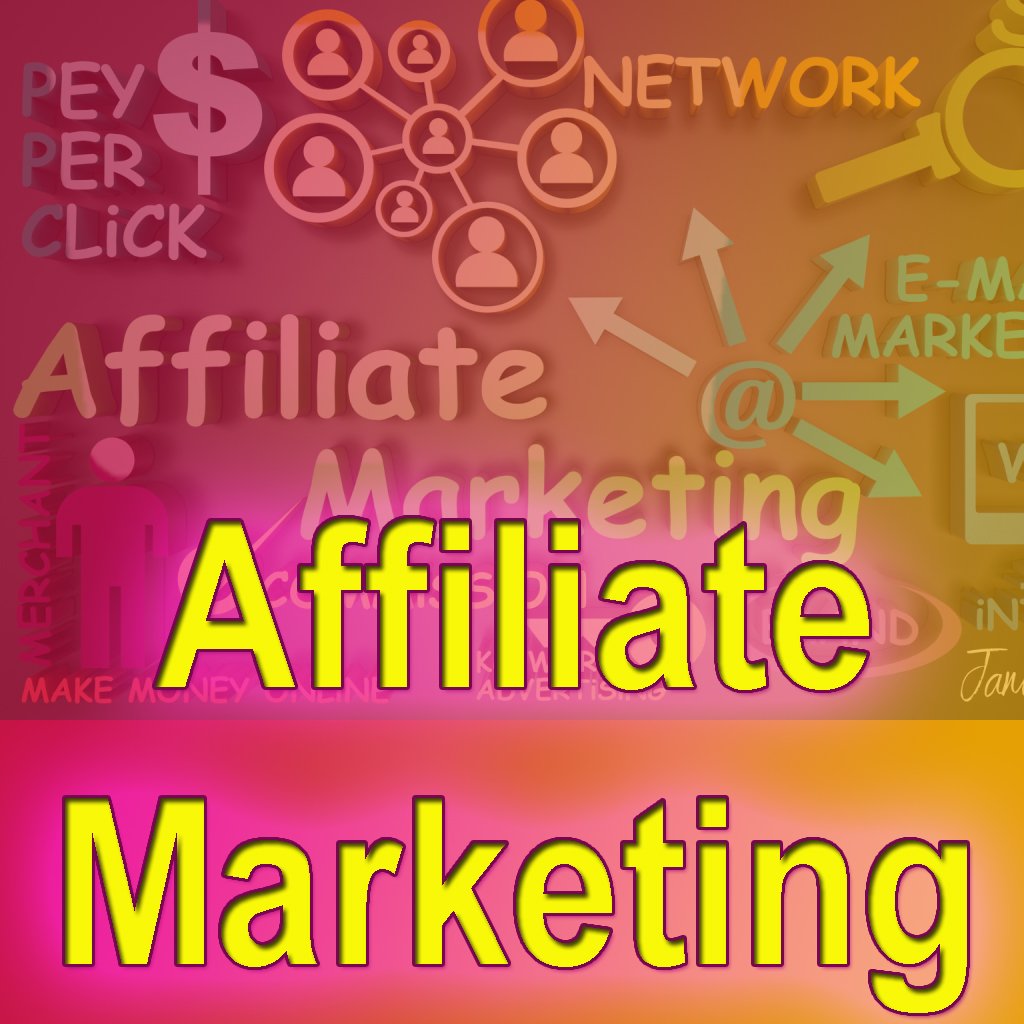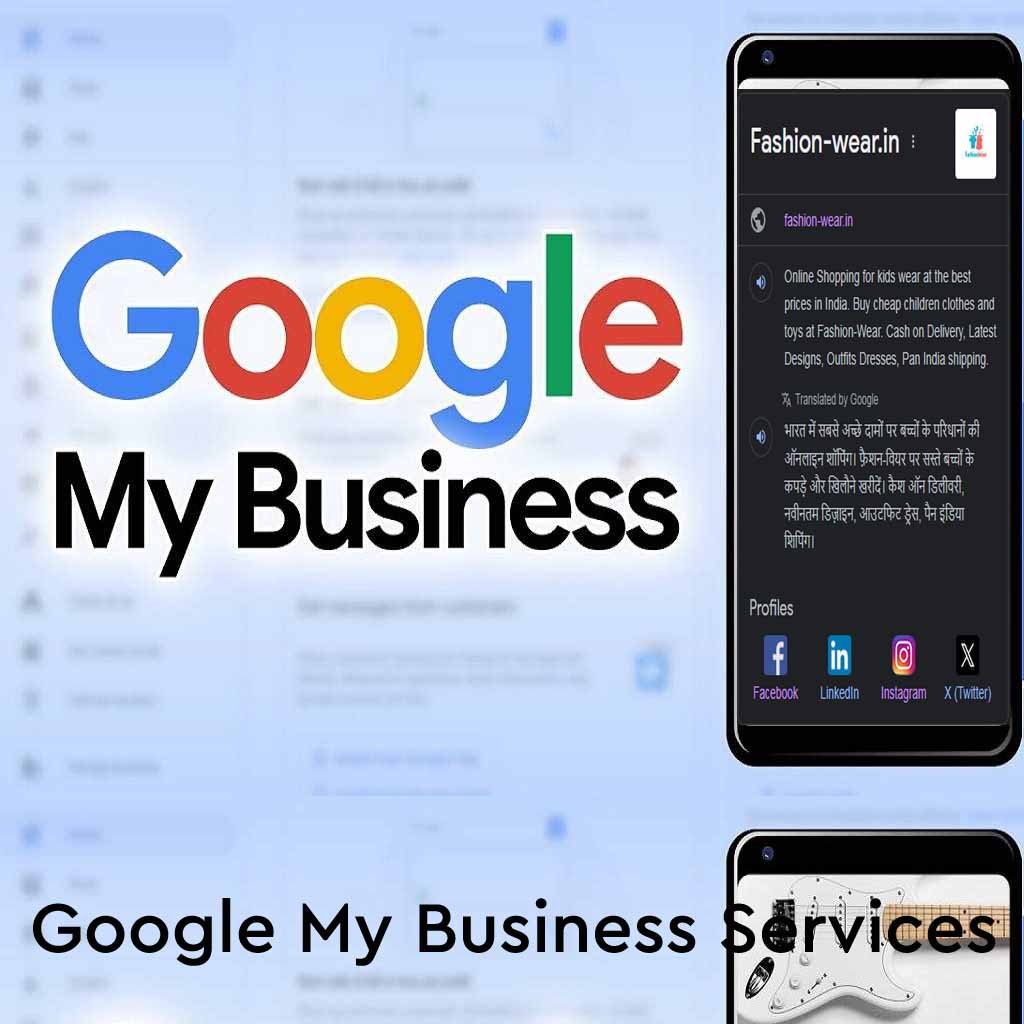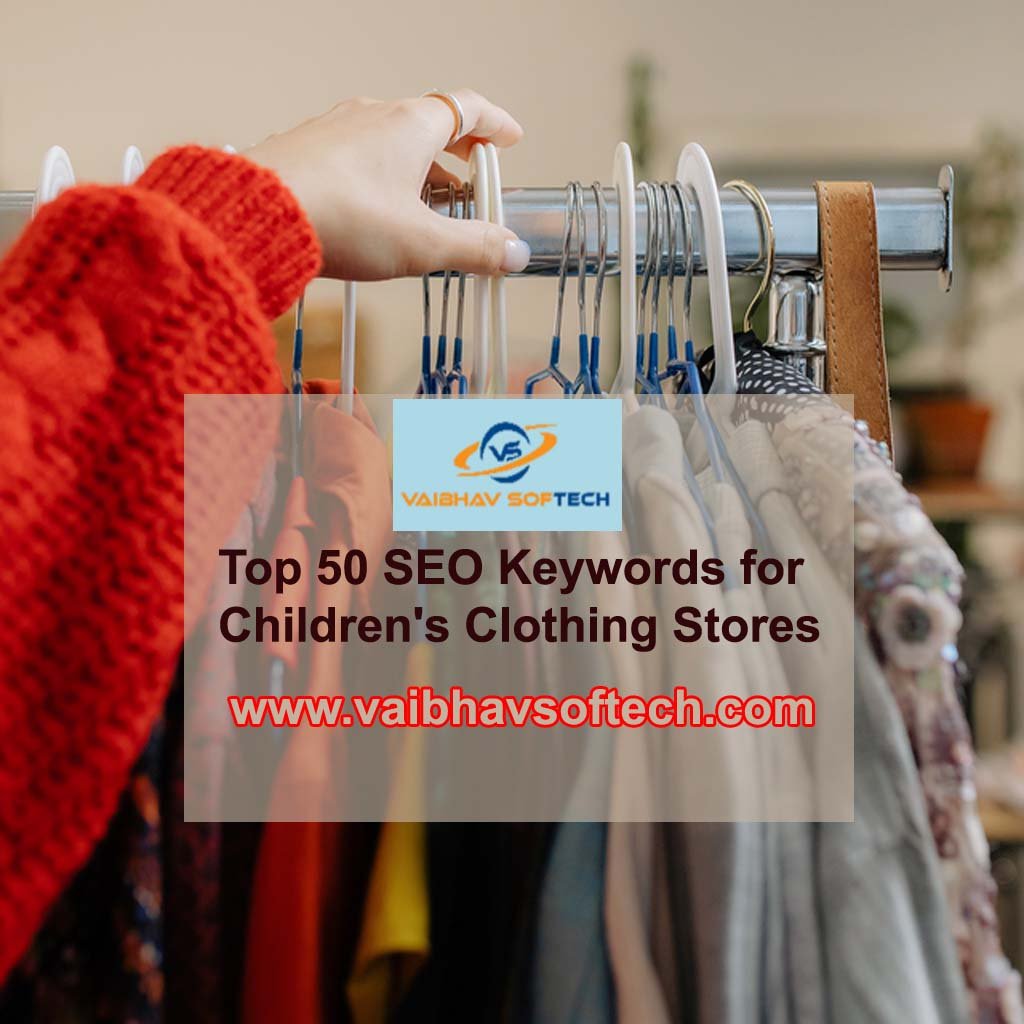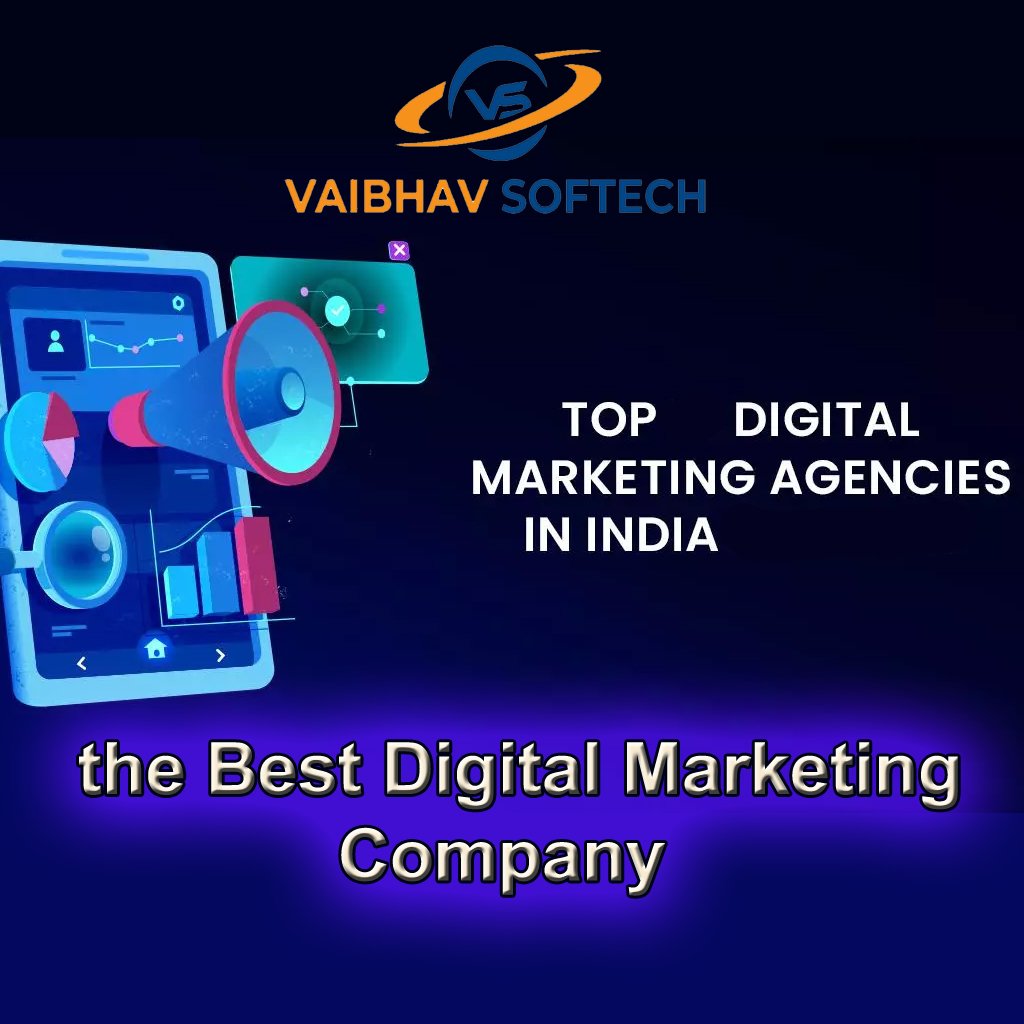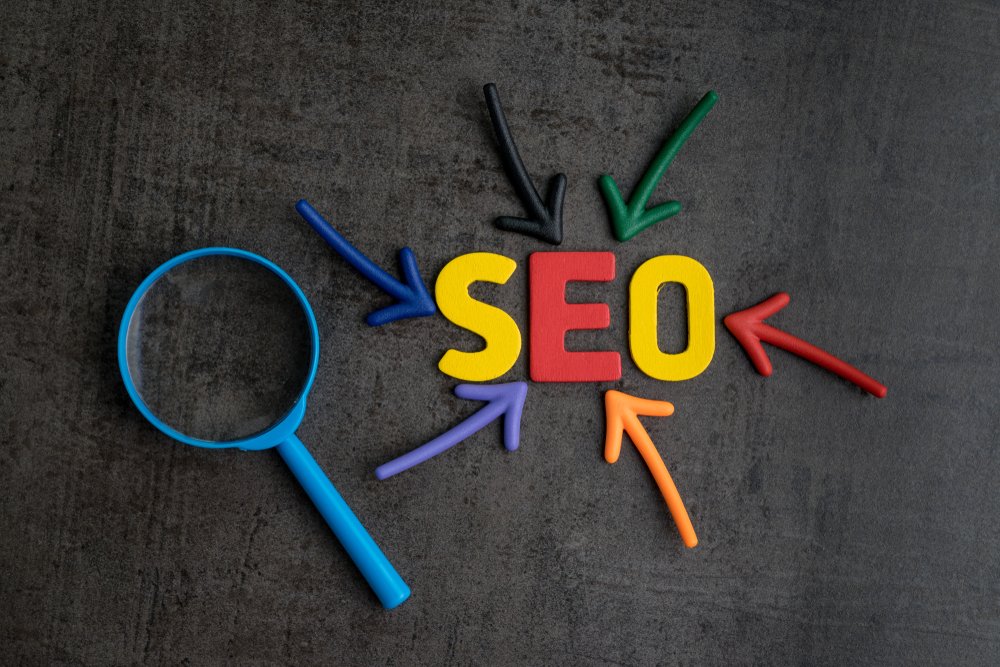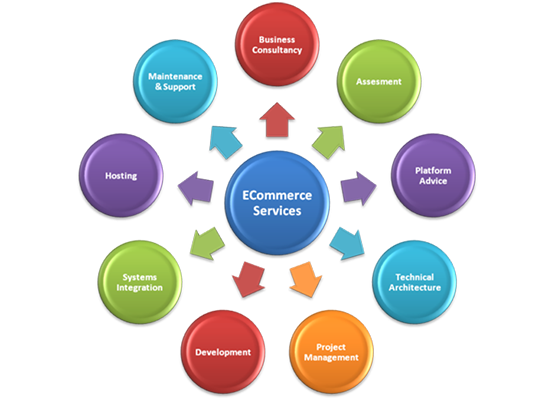Power of Affiliate Marketing
In the ever-evolving landscape of digital marketing, businesses are constantly seeking innovative strategies to enhance their online presence and boost revenue. Among these strategies, affiliate marketing has emerged as a powerhouse, revolutionizing the way companies promote their products or services. In this blog post, we delve into the world of affiliate marketing, exploring its significance, benefits, and best practices.
Understanding Affiliate Marketing: At its core, affiliate marketing is a performance-based marketing strategy where businesses reward affiliates for driving traffic or sales to their website through the affiliate’s marketing efforts. Affiliates, also known as publishers or partners, earn a commission for each successful referral they generate.
The beauty of affiliate marketing lies in its simplicity and scalability. It allows businesses to leverage the reach and influence of affiliates to target specific audiences, resulting in increased brand exposure and sales. Moreover, affiliates benefit from the opportunity to monetize their online platforms, whether it’s a blog, social media account, or website.
Benefits of Affiliate Marketing:
- Cost-Effective: Unlike traditional advertising channels that require upfront investment, affiliate marketing operates on a pay-for-performance model. Businesses only pay affiliates when they deliver tangible results, such as clicks, leads, or sales, making it a cost-effective option for maximizing ROI.
- Expanded Reach: By partnering with a network of affiliates, businesses can tap into new markets and audiences that they may not have reached otherwise. Affiliates bring their unique expertise and following, allowing brands to penetrate niche markets and expand their customer base.
- Performance Tracking: Affiliate marketing provides robust tracking and analytics tools, enabling businesses to monitor the performance of their campaigns in real-time. From click-through rates to conversion metrics, these insights empower marketers to optimize their strategies for maximum effectiveness.
- Risk Mitigation: Since affiliate marketing operates on a pay-for-performance basis, businesses mitigate the risk of investing in marketing efforts that may not yield results. Instead of paying for ad impressions or clicks with uncertain outcomes, they only pay when a desired action is completed.
Best Practices for Affiliate Marketing Success:
- Choose the Right Partners: Select affiliates whose audience aligns with your target demographic and brand values. Quality over quantity is key when building your affiliate network.
- Provide Valuable Resources: Equip affiliates with the tools and resources they need to promote your products effectively. This includes high-quality creatives, personalized promo codes, and access to exclusive offers.
- Foster Relationships: Cultivate strong relationships with your affiliates based on trust, communication, and mutual support. Regularly engage with them, offer incentives for top performers, and address any concerns promptly.
- Monitor and Optimize: Continuously monitor the performance of your affiliate campaigns and optimize them based on data-driven insights. Experiment with different strategies, track key metrics, and refine your approach to maximize results.
Conclusion: In the dynamic world of digital marketing, affiliate marketing stands out as a versatile and cost-effective strategy for driving growth and generating revenue. By leveraging the power of affiliate partnerships, businesses can amplify their online presence, reach new audiences, and achieve their marketing objectives with precision and efficiency. Embrace affiliate marketing as a valuable addition to your marketing arsenal, and unlock its potential to propel your business to new heights of success.
- Performance-Based Model: Affiliate marketing operates on a pay-for-performance basis, where businesses only pay affiliates when they deliver measurable results, such as clicks, leads, or sales. This ensures a high return on investment (ROI) and minimizes the risk for advertisers.
- Expanded Reach: By partnering with a network of affiliates, businesses can extend their reach to diverse audiences and niche markets that they may not have reached through traditional marketing channels alone. Affiliates bring their unique expertise and follower base, enabling brands to access new customer segments effectively.
- Cost-Effectiveness: Unlike traditional advertising methods that require significant upfront investment, affiliate marketing offers a cost-effective approach for businesses of all sizes. Advertisers can allocate their marketing budget more efficiently by paying only for actual results achieved by affiliates.
- Enhanced Credibility and Trust: Affiliates often have established credibility and trust within their respective niches or industries. When they endorse a product or service, their audience is more likely to trust their recommendation, leading to higher conversion rates and increased brand credibility.
- Data-Driven Insights: Affiliate marketing platforms provide robust tracking and analytics tools, allowing businesses to gather valuable insights into the performance of their campaigns in real-time. Marketers can track key metrics such as click-through rates, conversion rates, and return on ad spend (ROAS) to optimize their strategies for maximum effectiveness.
- Scalability and Flexibility: Affiliate marketing is highly scalable and adaptable to the needs of businesses across various industries. Whether you’re a small startup or a global enterprise, you can tailor your affiliate program to align with your marketing objectives and budgetary constraints.
- Diverse Marketing Channels: Affiliates utilize a variety of marketing channels, including websites, blogs, social media platforms, email newsletters, and more. This diverse range of channels allows businesses to engage with audiences across multiple touchpoints, increasing brand visibility and driving customer acquisition.
- Partnership Opportunities: Affiliate marketing fosters collaborative partnerships between advertisers and affiliates, leading to mutually beneficial relationships. By providing affiliates with valuable resources, support, and incentives, businesses can cultivate long-term partnerships that drive sustained growth and success.
- Global Reach: With the rise of e-commerce and digital connectivity, affiliate marketing offers businesses the opportunity to reach global audiences and expand their market presence beyond geographical boundaries. This global reach opens up new revenue streams and growth opportunities for advertisers.
- Continuous Optimization: Successful affiliate marketing campaigns require ongoing optimization and refinement based on data-driven insights and performance metrics. By continuously monitoring and optimizing their campaigns, businesses can maximize the impact of their affiliate partnerships and achieve sustainable results over time.

